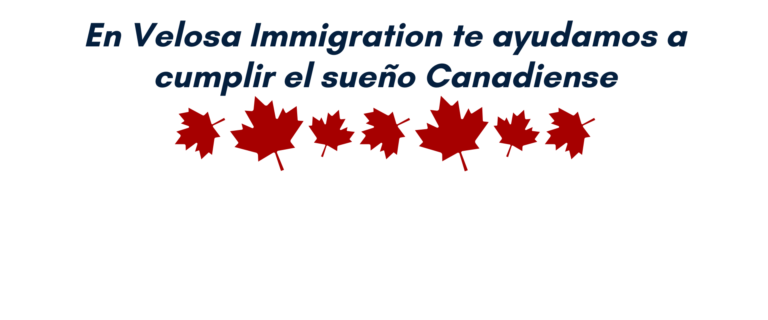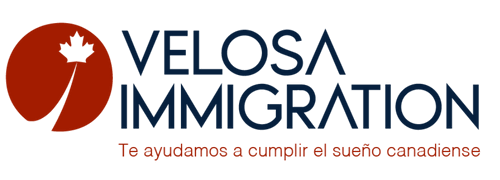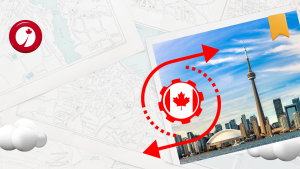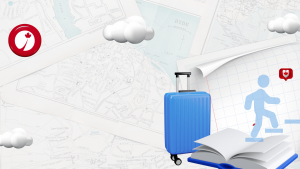Canada’s system for categorizing occupations is called the National Occupational Classification (NOC). The NOC is reviewed every year, and updated every five years to ensure it reflects Canada’s changing labour market.
The NOC is important for immigration because it is used by the federal and provincial governments to manage immigration programs. Applicants must meet the NOC eligibility criteria of the program they are applying to.
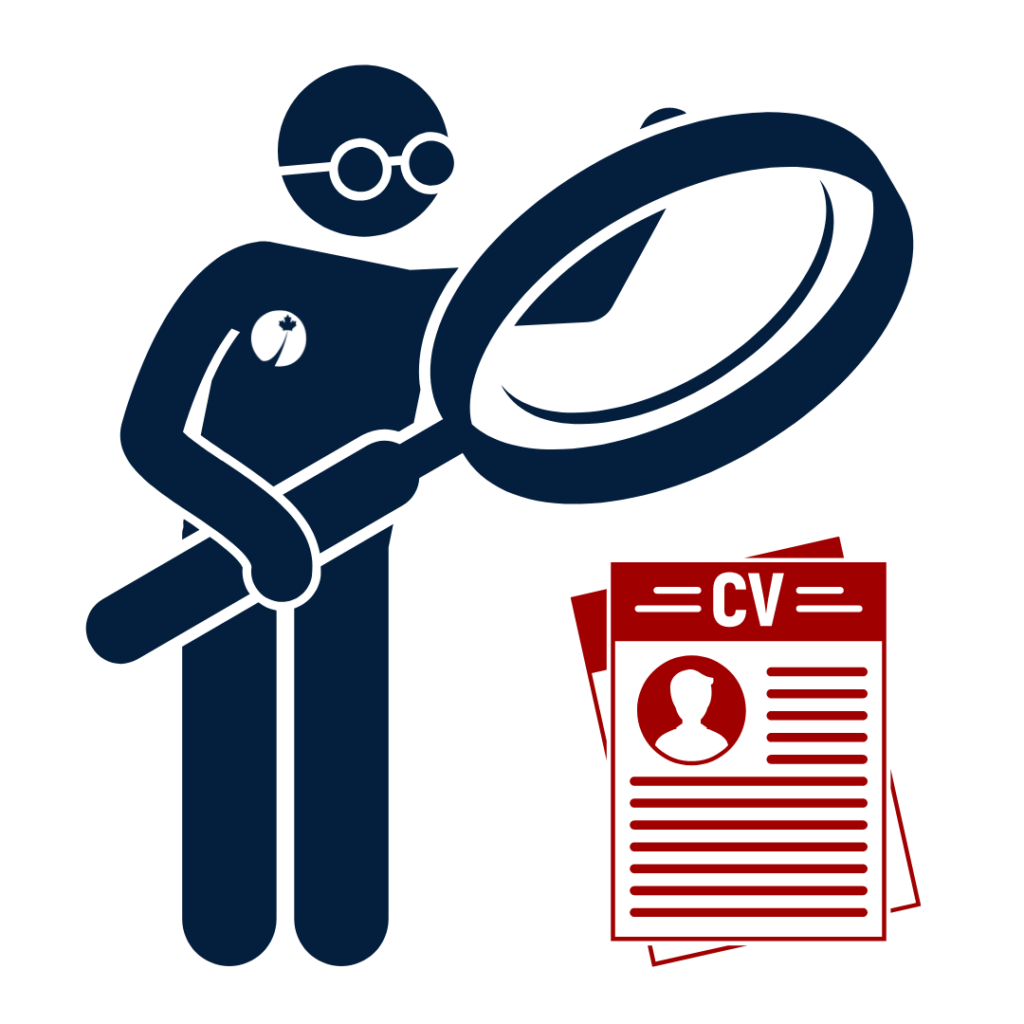
For example, Skilled work under the express entry pool was any occupation under NOC 0,A or B:
- NOC 0: Skill type 0 jobs are usually managerial in nature
- NOC A: Skill type A jobs are professional in nature and usually require a university degree
- NOC B: Skill type B jobs are skilled trades occupations that usually require a college diploma or training as an apprentice.
This NOC system is used by all provinces and territories to assess eligibility for skilled worker immigration programs. This was until Nov 16, 2022 when a new system was introduced replacing the NOC skill levels.
Rather than categorizing jobs based on skill type, the Canadian government will now categorize jobs based on a new Training, Education, Experience and Responsibilities (TEER) system. The NOC skill levels had four categories: A, B, C, and D. NOC 2021 moves away from this approach and introduces the TEER system which has six categories: TEER category 0, 1, 2, 3, 4, and 5.
Teer
Description
You must meet any of these items for the Teer qualification
Teer 0
- Management occupations.
Teer 1
- Completion of a university degree (bachelor’s, master’s or doctorate)
- Several years of experience in a specific occupation from TEER category 2 (when applicable)
Teer 2
- Completion of a post-secondary education program of two to three years at community college, institute of technology or CÉGEP
- Completion of an apprenticeship training program of two to five years
- Occupations with supervisory or significant safety (police officers and firefighters) responsibilities
- Several years of experience in a specific occupation from TEER category 3 (when applicable)
Teer 3
- Completion of a post-secondary education program of less than two years at community college, institute of technology or CÉGEP
- Apprenticeship training of less than 2 years
- More than six months of on-the-job training, training courses or specific work experience with some secondary school education
- Several years of experience in a specific occupation from TEER category 4 (when applicable)
Teer 4
- Completion of secondary school
- Several weeks of on-the-job training with some secondary school education
- Several years of experience in a specific occupation from TEER category 5 (when applicable)
Teer 5
- Short work demonstration and no formal educational requirements.
The main difference is that the TEER system will focus on the education and experience required to work in a given occupation. The former system focused on the occupation disregarding the skills and experience required for the role.
It is important that applicants ensure their NOC corresponds with the eligibility criteria of the program they are applying to. This is particularly important for those in jobs / occupations classified as skill level “B” since this group experienced the biggest change.
In summary
For more information you can book a consultation with one of our Certified immigration consultants here:
